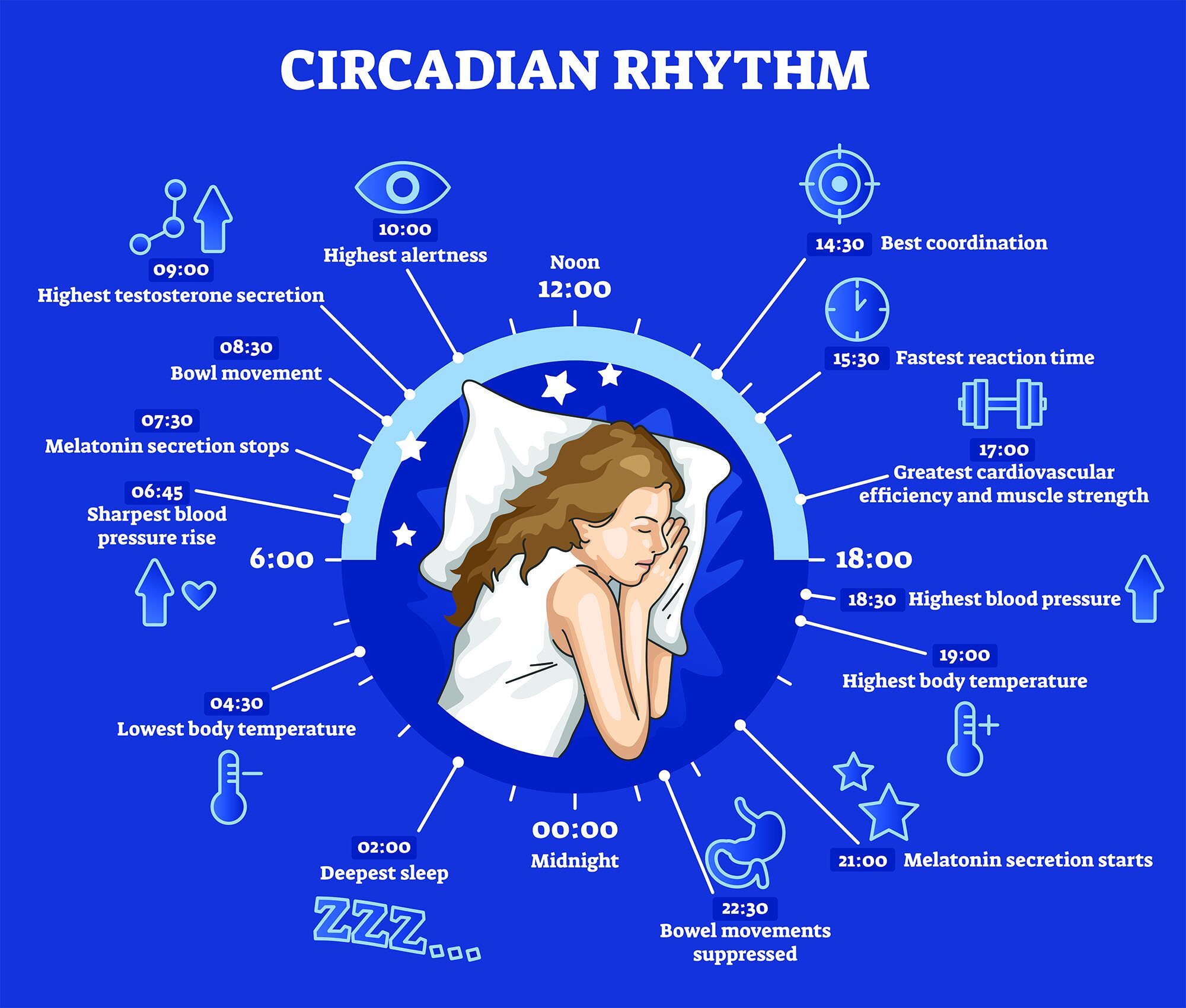Keeping Rhythm in All Seasons
Keeping Rhythm in All Seasons
A couple of Blogs ago, I introduced my readers to Circadian Rhythms. Circadian is a Latin term, circa and dies, meaning around and day. A full day or a 24-hour period.
This week I am ready to dig in and go deeper into this natural daily process that affects all humans, animals and plants.
It is evident that living organisms respond to light and dark, hot and cold, wet and dry and other natural conditions. The survival of our ancestors depended on how well they responded or adjusted to those natural differences.
In the animal world, circadian rhythms are evident not only in their eating and sleeping cycles, but also in their migration, mating, and hibernating cycles. The life cycle of the plant kingdom is not always as apparent, but is vitally important to the continuation of each plant species.
The amazing human body processes numerous functions, simultaneously, at regular intervals throughout a 24-hour time span. Think of your sleep-wake cycle. The retina of your eye signals the light-dark conditions to vital parts of your body and hormones are released or ceased to induce sleep or wakefulness. This cyclic process involves your hypothalamus which is the master gland for integrating and regulating this rhythmic information to the designated cells, neurons or genes.
Did You Know?
• Nearly 82% of the genes in your body have a “turn-on and turn-off” time in a 24-hour cycle. Numerous metabolic functions follow an assigned time to perform their biological “duties.”
• Circadian genes regulate timing as well as metabolic, inflammatory and cellular repair processes.
• Hormone production is closely connected to a cyclical process.
• Circadian rhythms vary in newborns, children, teens, adults and the aging population.
The Circadian Rhythm Chart
Wellness seekers and experts have charted the circadian rhythms illustrating the timing of specific processes. Referring to a chart helps visualize what is happening when in your body so that you may better support your body’s natural functions.
You’ll notice the timing of specific organ group function (liver detoxing while you sleep), the timing of specific hormone production, body temperature variations and much more. Your body was designed to function optimally and in sync with nature’s seasons. When we learn to use our internal timekeeping mechanism, we will enjoy great health and vitality.
Next week, I’ll share some disrupters to our internal clock and ways we can reset to maintain the wellness we desire.

